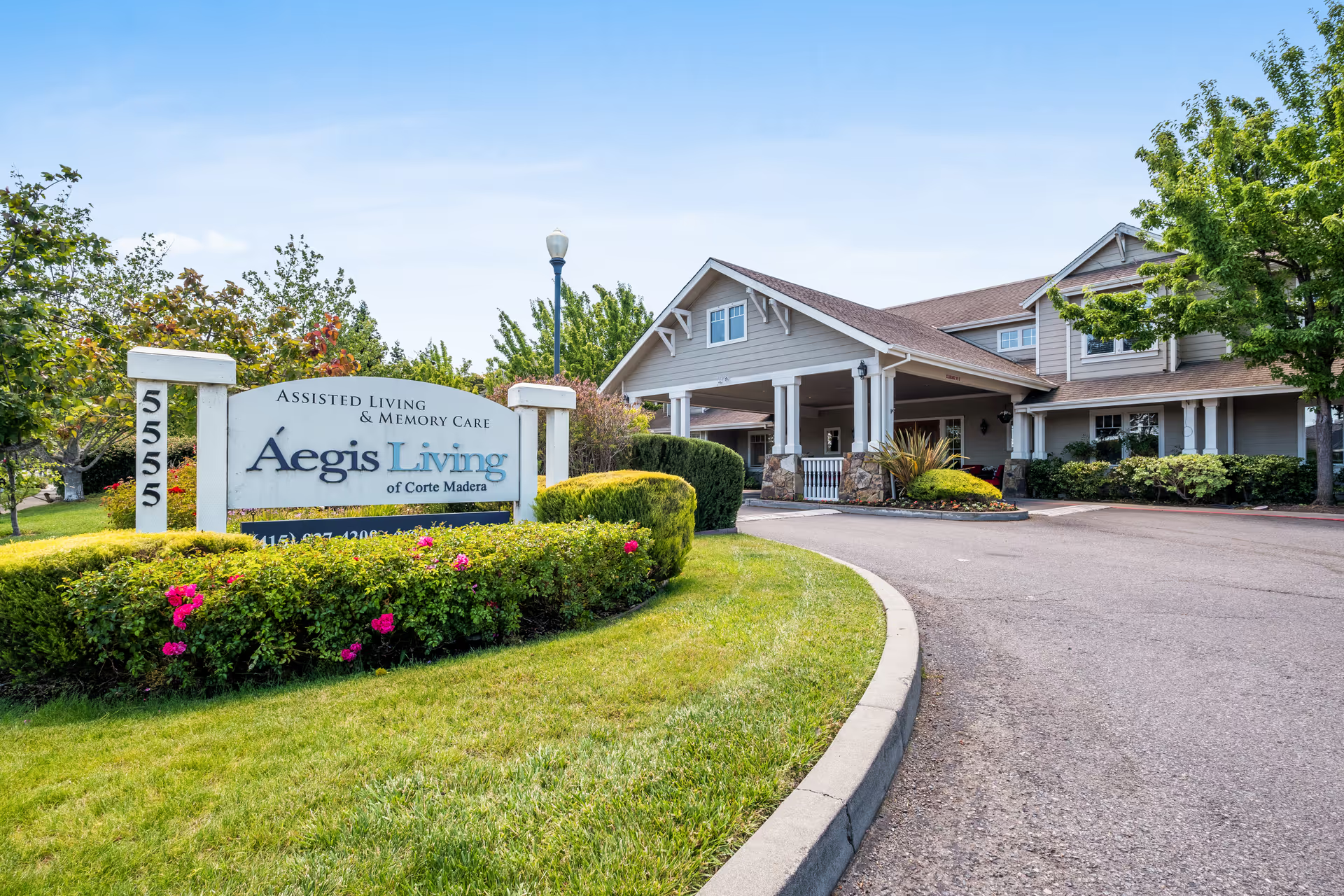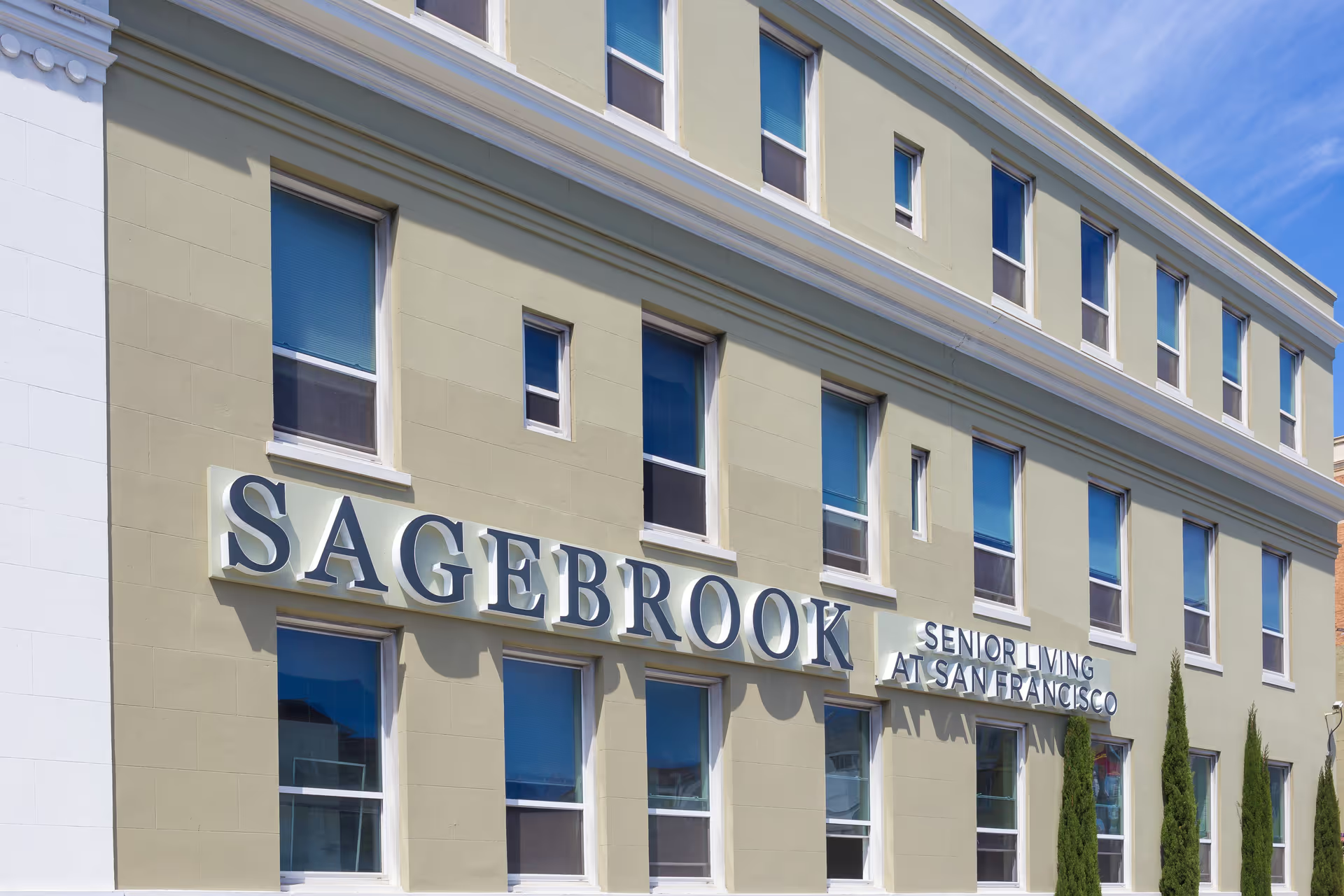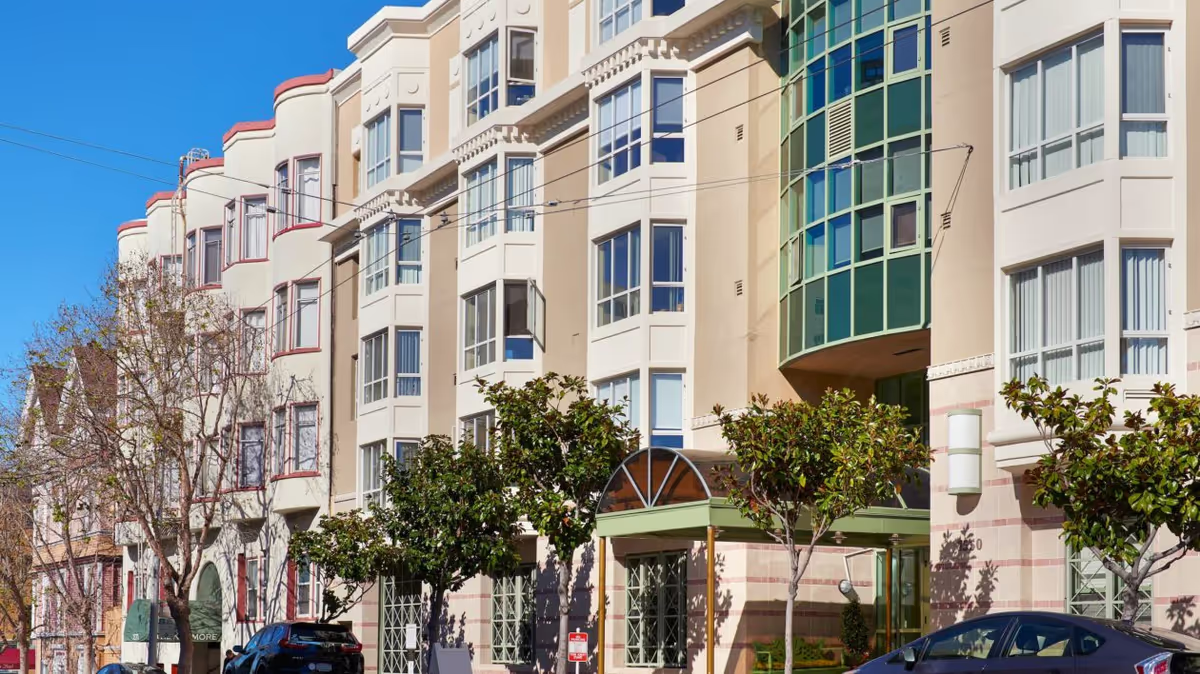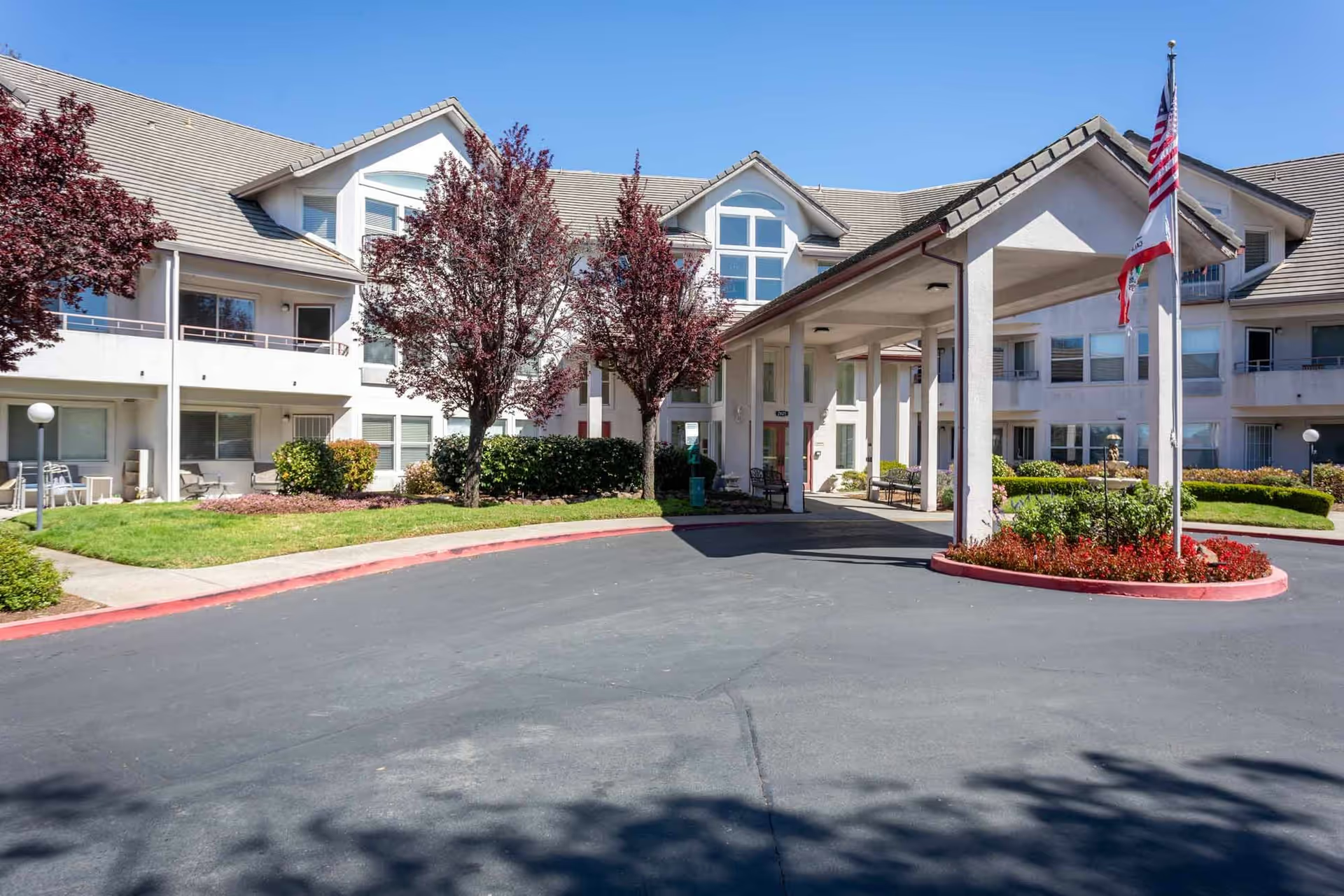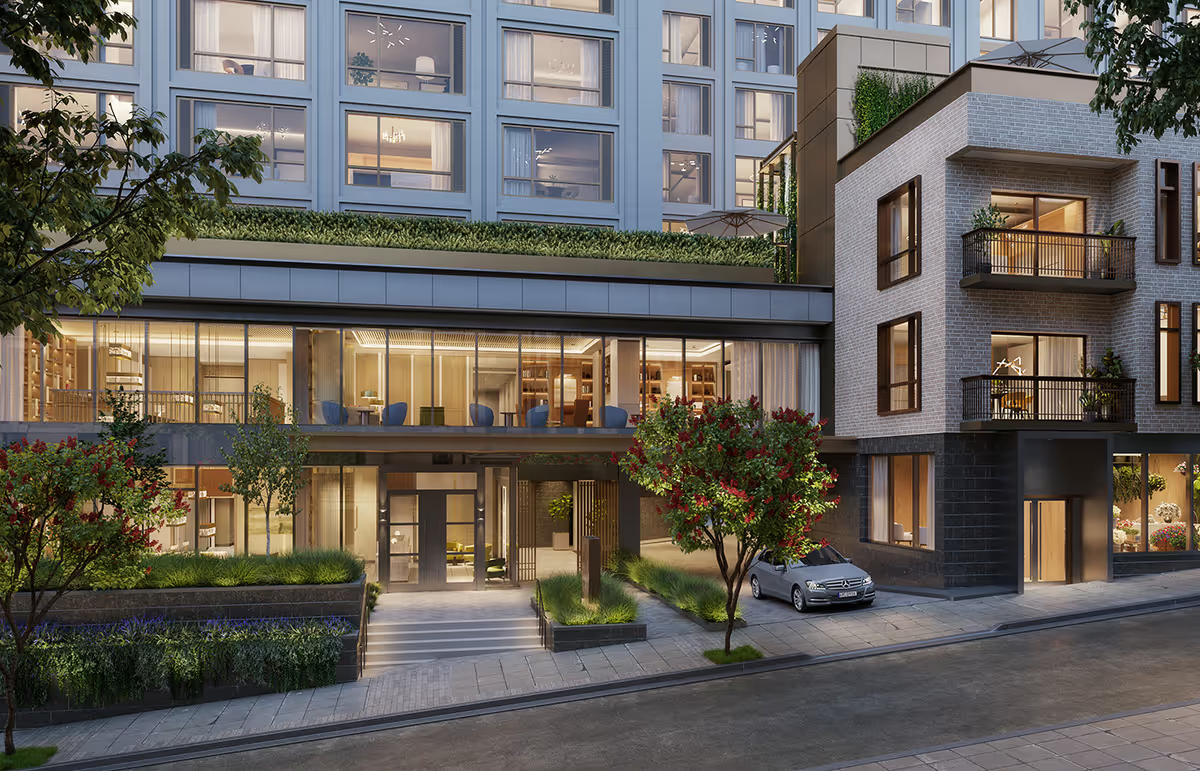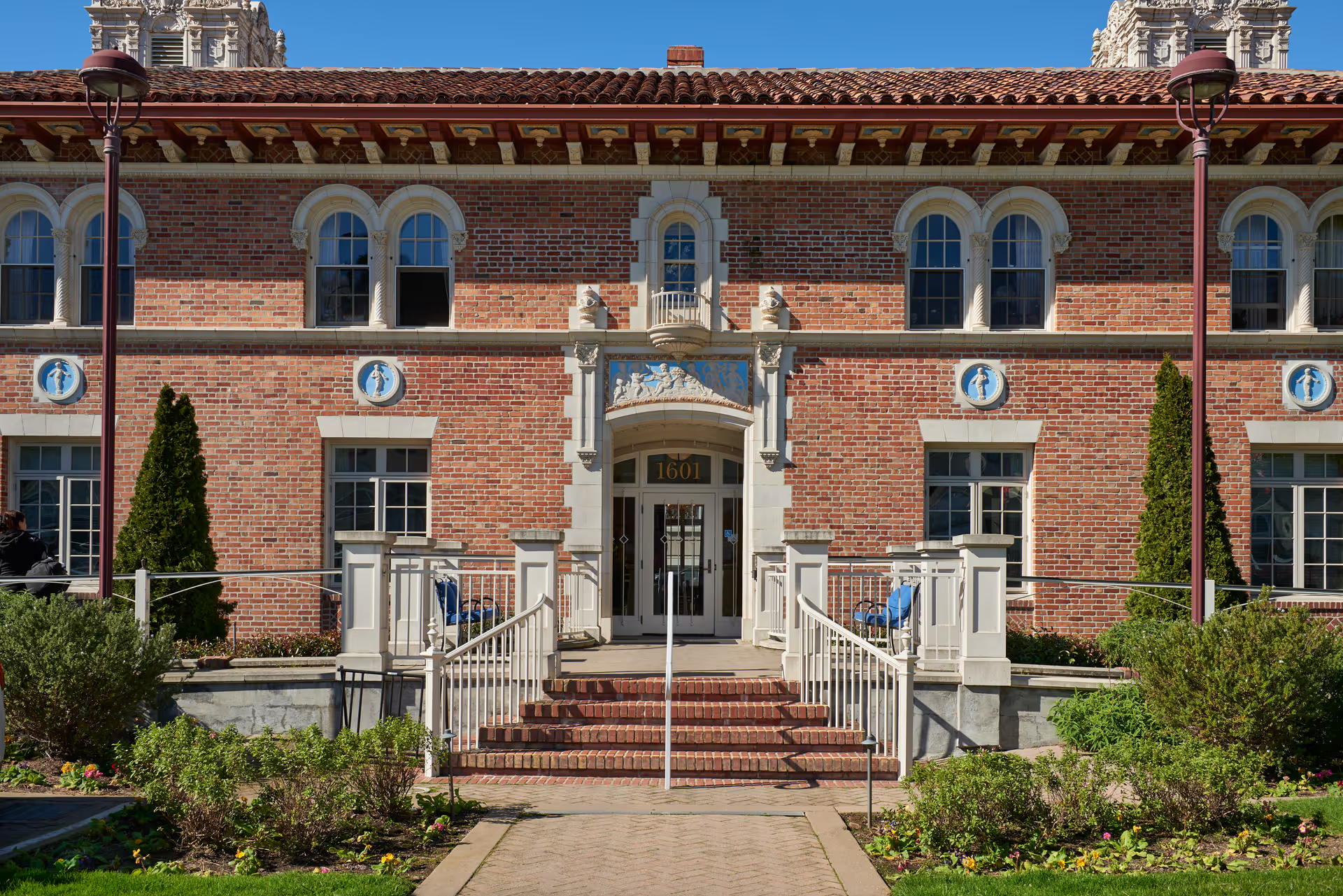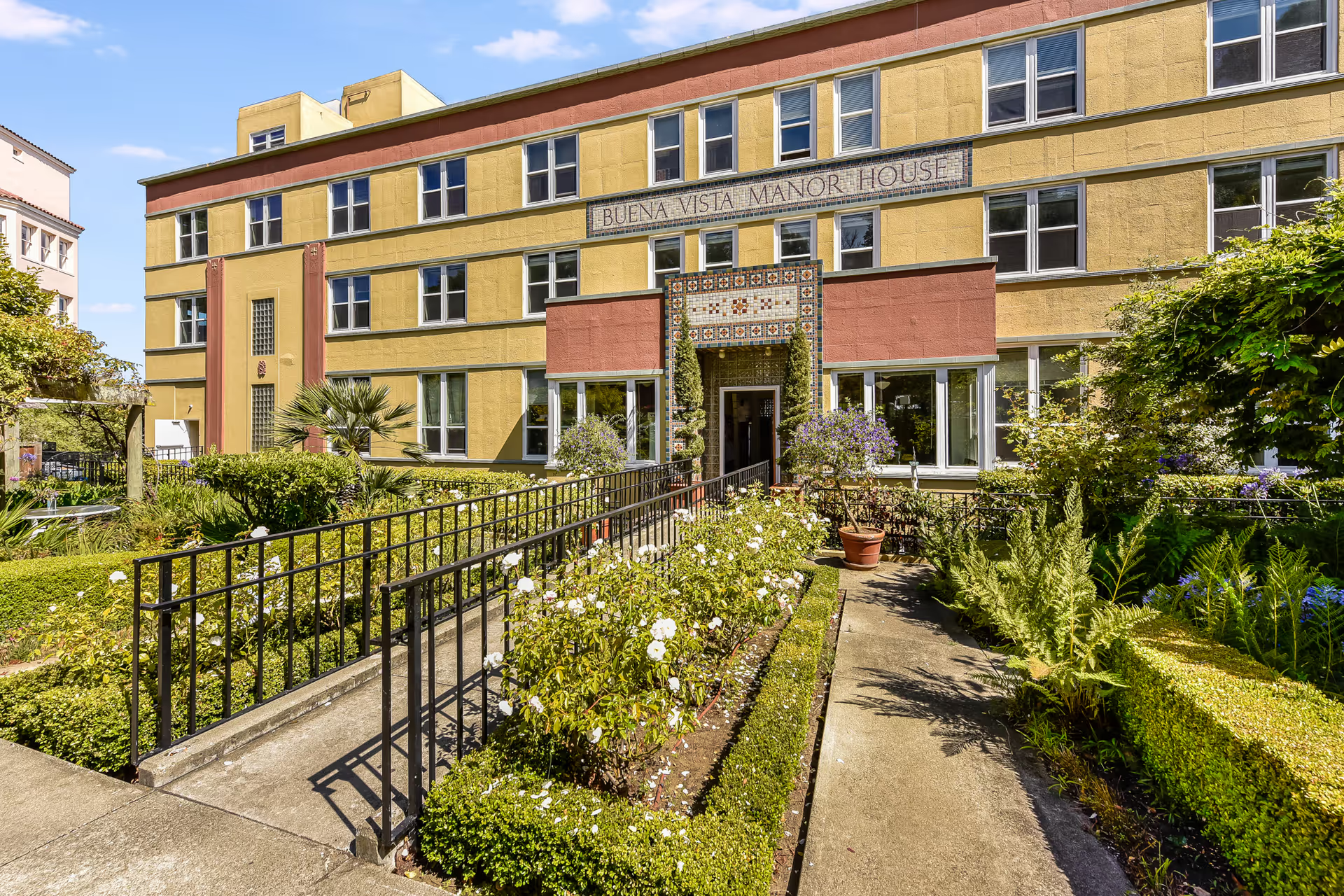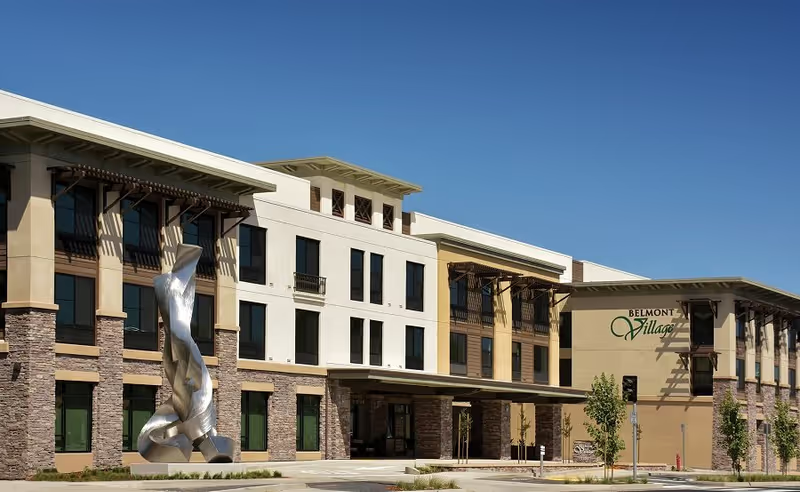Overall sentiment across reviews for Drake Terrace is strongly positive, with the single most consistent strength being the staff. Reviewers repeatedly describe caregivers, front‑desk personnel, activity staff and management as kind, compassionate, patient, responsive and professional. Many reviewers highlight long‑tenured staff and strong leadership that create a warm, family‑like atmosphere and smooth transitions for new residents and families. Staff willingness to go above and beyond, involvement in programming, and evident respect for residents are cited as primary reasons people recommend the community.
Care quality is generally seen as very good for independent and assisted living residents: families note responsive management, immediate help when needed, and a strong culture of dignity and respect. Memory care impressions are mixed. Several reviews praise the memory care unit as providing excellent, thorough, warm and professional care. However, multiple reviewers warn that Drake Terrace may not be equipped for severe dementia behaviors or end‑of‑life needs in all cases. Specific concerns include only one nurse on site (as reported by reviewers), no on‑site doctor, restrictions around use of Hoyer lifts and corporate policies that in at least one instance prevented a resident from staying through the end of life. These contradictions suggest memory care quality can depend on the individual resident’s needs and the timing of their decline; families with very high medical or behavioral needs should probe staffing levels, policies, and escalation procedures carefully.
Facilities, apartments and grounds receive mostly favorable comments. Many reviewers appreciate the pretty, well‑kept landscaping, bright common areas, and amenities such as a library with fireplace, small theater, activity rooms and exercise spaces. There is a variety of floor plans (studios to two‑bedrooms) and several mentions of decent apartment sizes and kitchens. That said, some reviewers report smaller apartments, limited closet space, no cooking facilities in certain units, or awkward layouts where a bed would not fit. A few comments call out dated interiors in parts of the building, a musty urine smell in some rooms, and scattered parking. The facility overall is viewed as clean and well‑organized by most reviewers.
Dining and food service are commonly discussed with a generally positive tilt: many reviewers praise three meal choices, flavorful meals, alternate menus and generous dining hours. Several describe the food as excellent or very good and note camaraderie at meal times. There are a minority of comments about bland food, occasional menu ordering frustration, or “OK” food in some units — indicating variability that prospective residents should sample in person and ask about menu cycles and dietary accommodations.
Activities and social life are repeatedly praised. Drake Terrace is described as “super active” with a robust calendar that includes games, movie nights, Shakespeare readings, current events classes, wine‑tasting, musical groups, weekly buses for scenic drives and regional outings (Marin County and San Francisco), visits to stores/restaurants/theaters, and exercise classes such as tai chi. Reviewers emphasize the social benefits: ease of making new friends, camaraderie at meals, and many chances for engagement. A few reviewers thought activities could be improved in specific areas or raised concerns about scheduling fairness for certain activities (for example, poker scheduling that excludes others), but the dominant impression is of a lively, engaging community.
Management and organizational strengths are often flagged: respondents mention supportive leadership, effective transitions for families, integrity and a community culture that values residents. The activities director, in particular, is singled out positively. At the same time, corporate‑level policies have created friction for some families (Hoyer lift / end‑of‑life cases) and the flat‑rate pricing model (charging the same across units regardless of location or view) was viewed negatively by some residents.
Notable operational concerns include cost (multiple reviewers call it expensive), occasional communication/language barriers, and inconsistent staffing on weekends or at high‑demand times which has led to delayed or missed care for a few residents. Prospective residents should ask about nurse coverage, weekend staffing ratios, escalation protocols, and whether language preferences are supported. Likewise, those with significant medical or behavioral care needs should verify that the community can meet those needs consistently, or consider alternative memory‑care specific settings.
Bottom line: Drake Terrace is highly recommended by many reviewers for independent and assisted living residents who want an active, social community with caring, long‑tenured staff, good food most days, attractive grounds and frequent outings. It appears to be especially well suited for people seeking companionship, stimulating programming and reliable hospitality‑oriented care. Families considering Drake Terrace should do additional due diligence around memory‑care capacity and policies (Hoyer lift, end‑of‑life stays), ask detailed questions about medical/nursing coverage and weekend staffing, inspect specific apartment layouts for size/closet needs, and confirm pricing details (including the flat‑rate policy) to ensure the community is the right fit for higher medical or late‑stage dementia needs.
